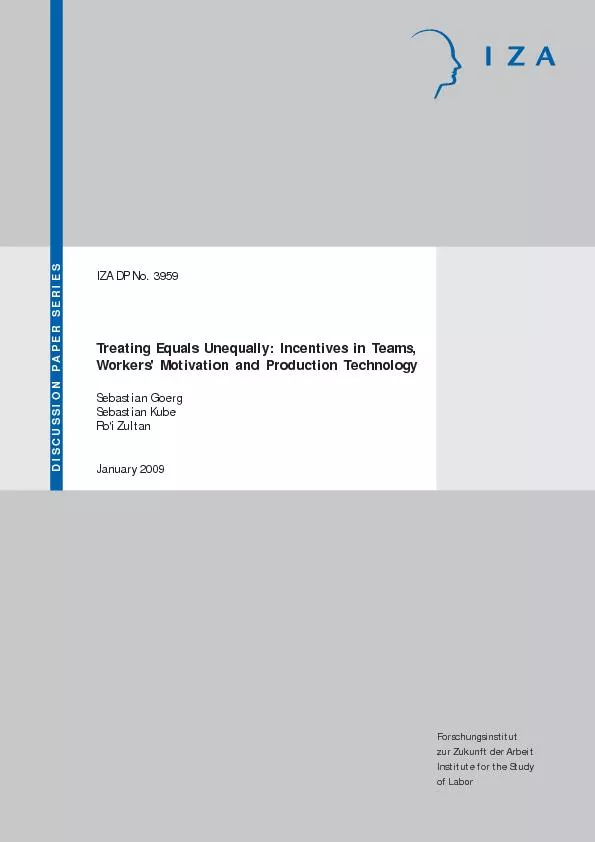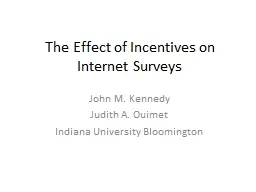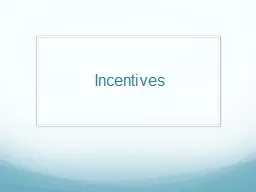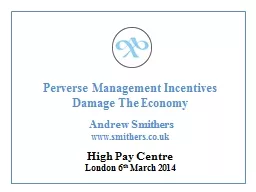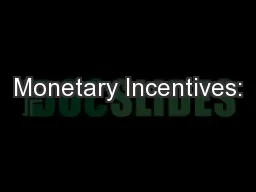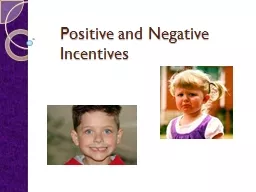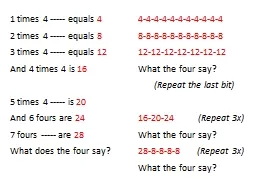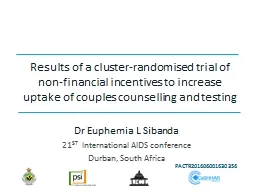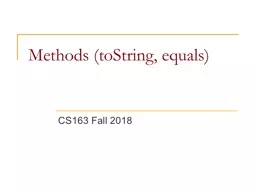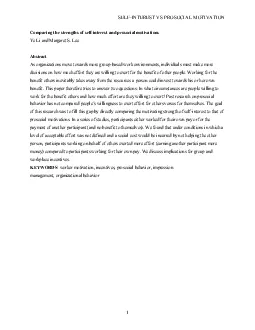PDF-Treating Equals Unequally: Incentives in Teams,Workers' Motivation and
Author : faustina-dinatale | Published Date : 2016-08-18
DISCUSSION PAPER SERIES zur Zukunft der Arbeit January 2009 Treating Equals Unequally Incentives in Teams Workers146 Motivation and Production Technology Sebastian
Presentation Embed Code
Download Presentation
Download Presentation The PPT/PDF document "Treating Equals Unequally: Incentives in..." is the property of its rightful owner. Permission is granted to download and print the materials on this website for personal, non-commercial use only, and to display it on your personal computer provided you do not modify the materials and that you retain all copyright notices contained in the materials. By downloading content from our website, you accept the terms of this agreement.
Treating Equals Unequally: Incentives in Teams,Workers' Motivation and: Transcript
Download Rules Of Document
"Treating Equals Unequally: Incentives in Teams,Workers' Motivation and"The content belongs to its owner. You may download and print it for personal use, without modification, and keep all copyright notices. By downloading, you agree to these terms.
Related Documents

